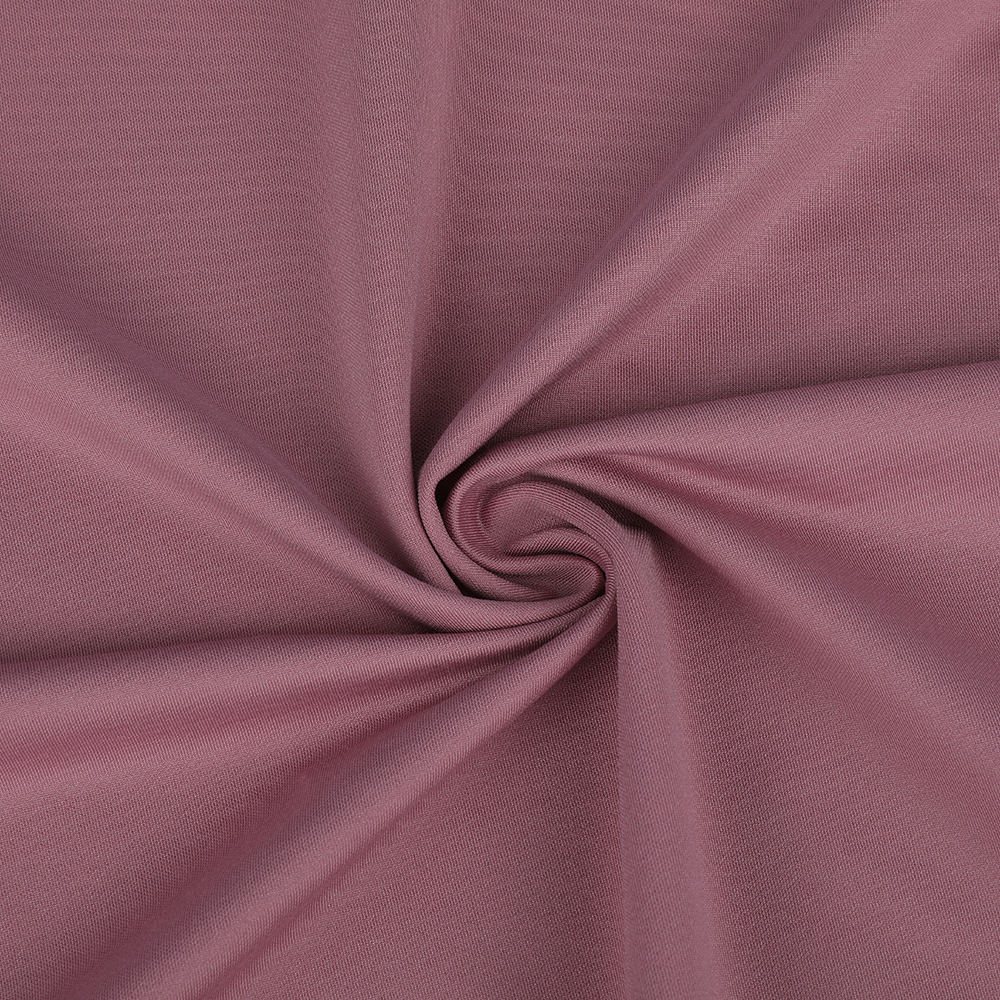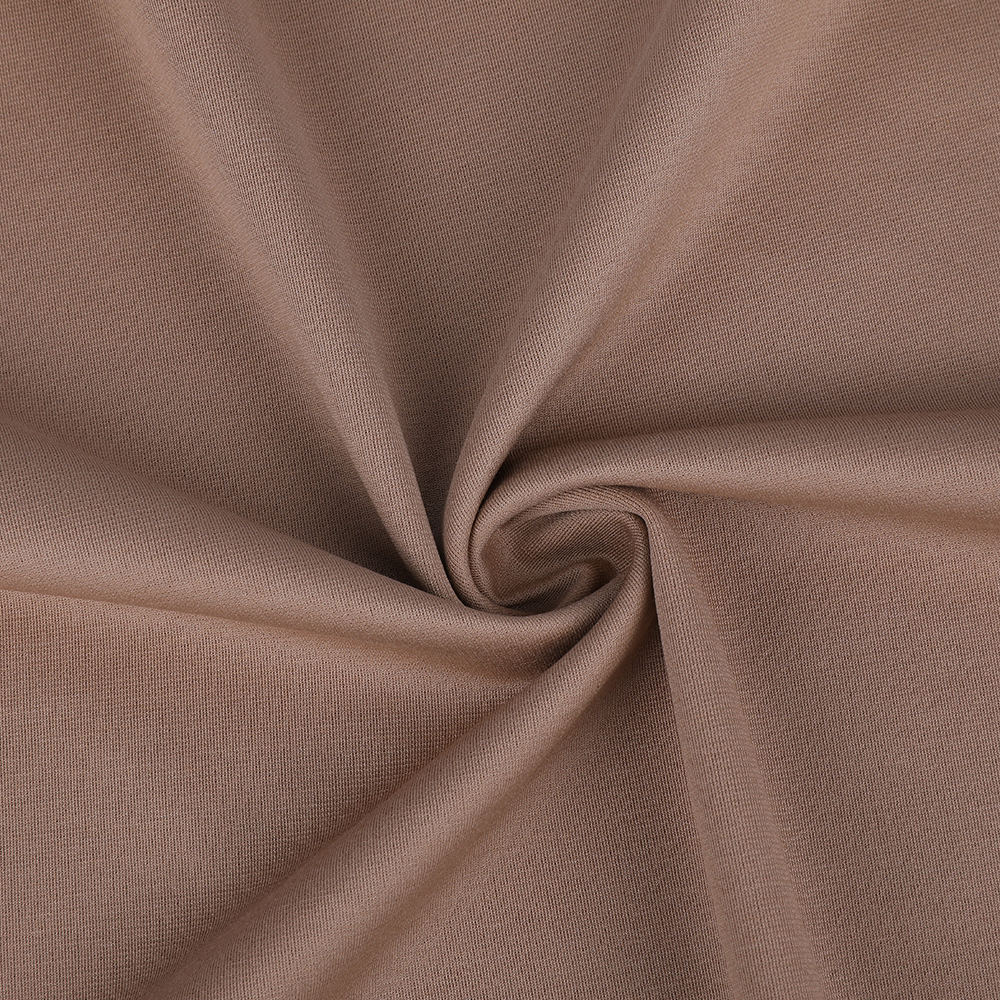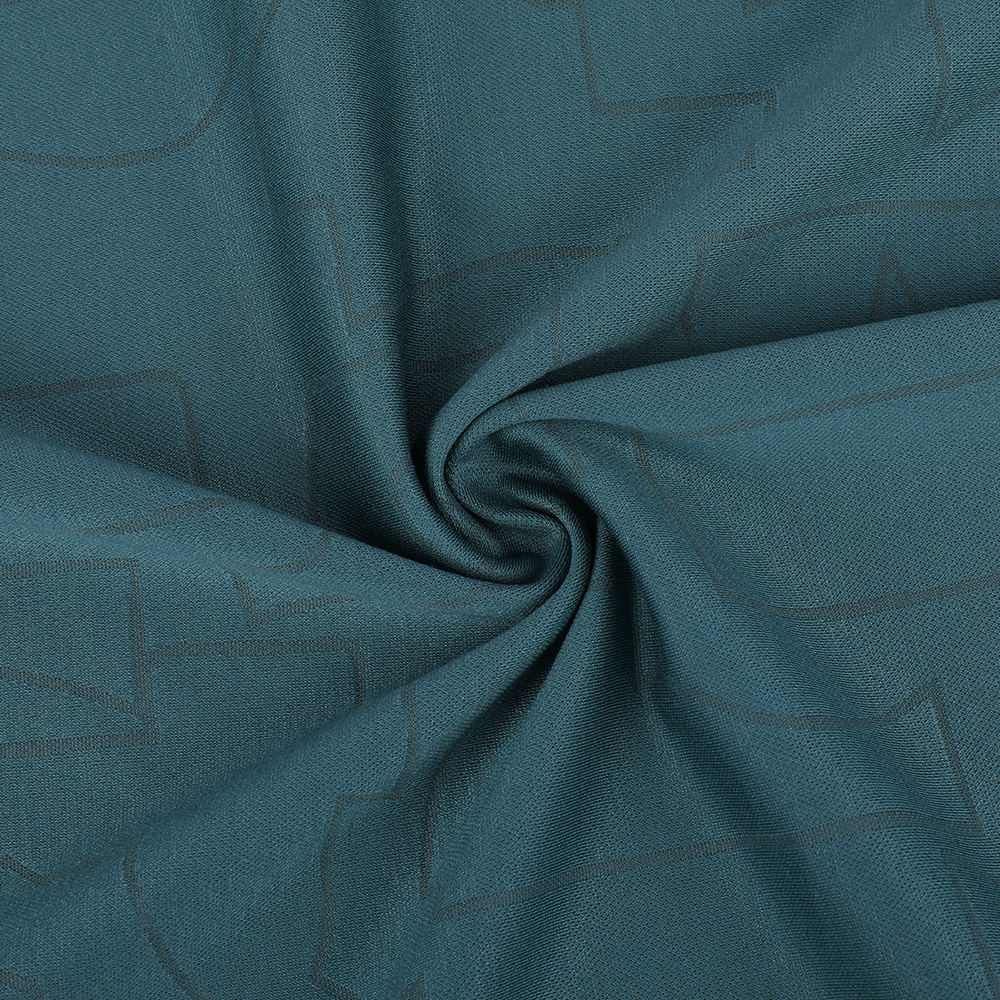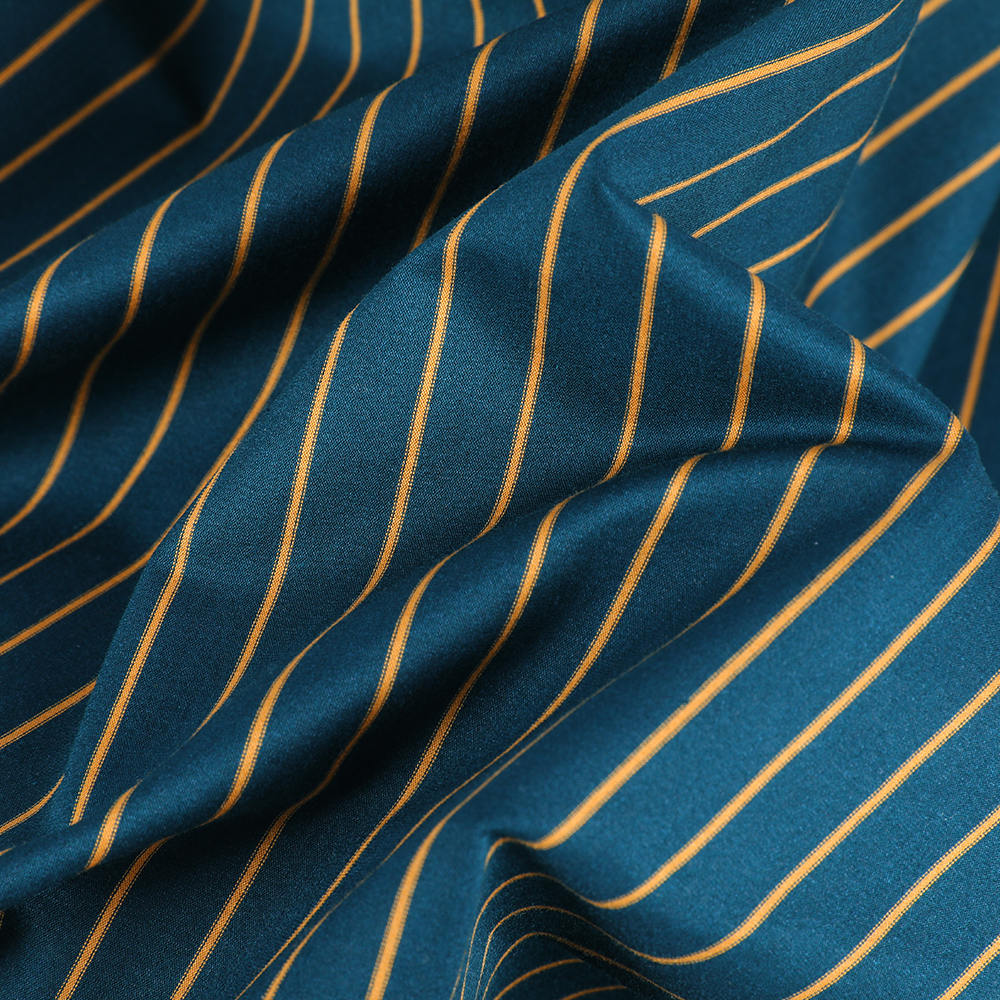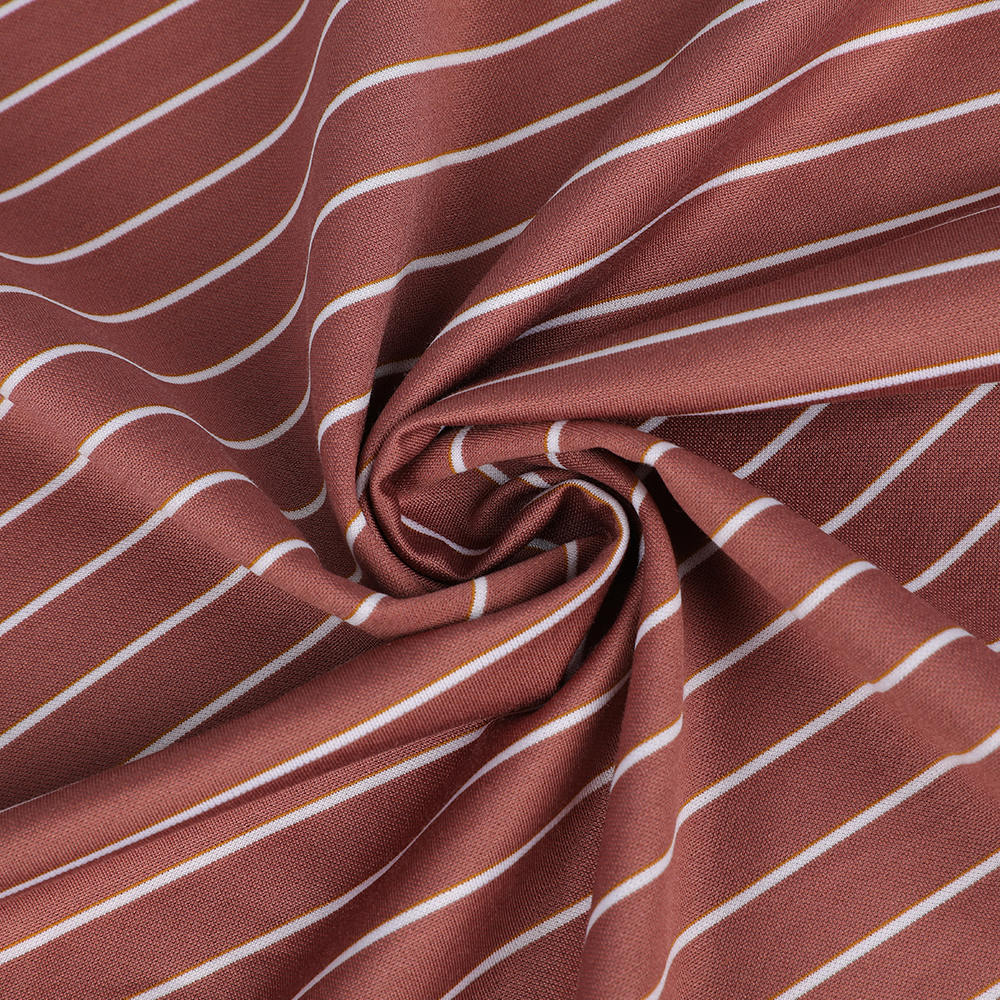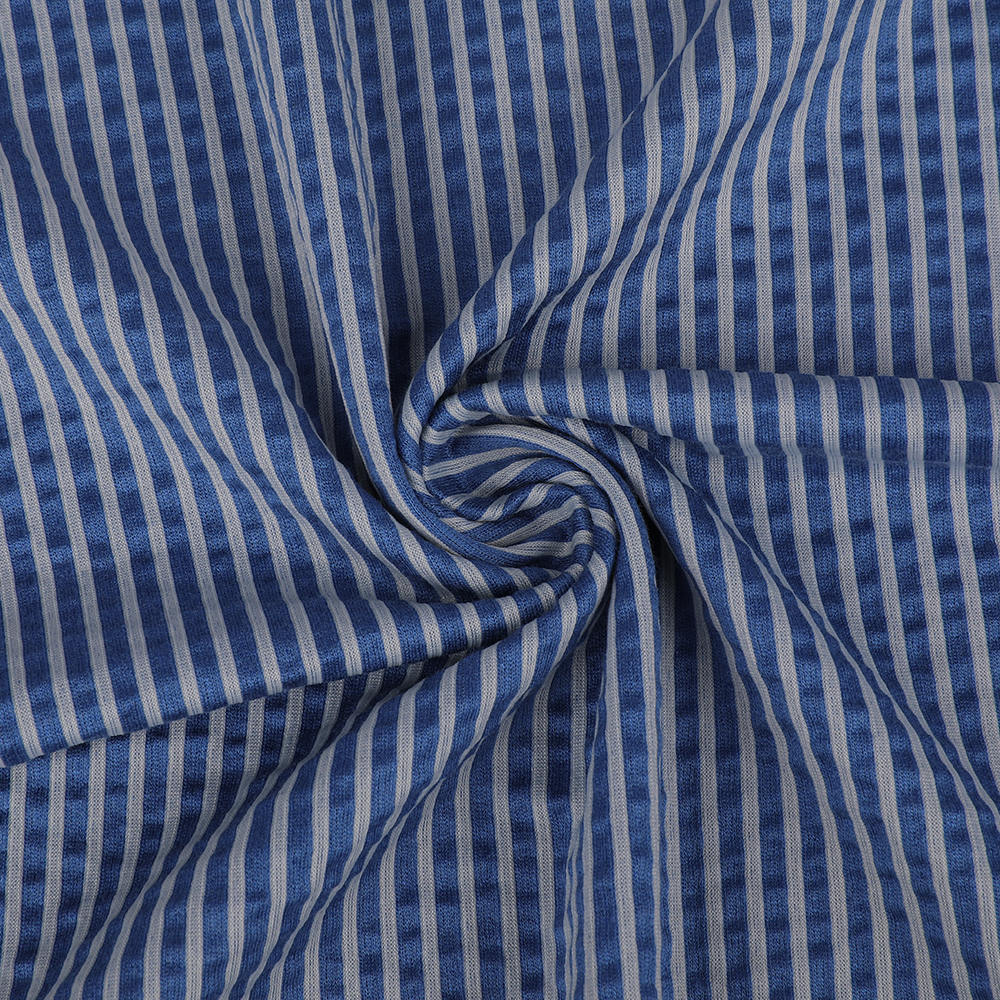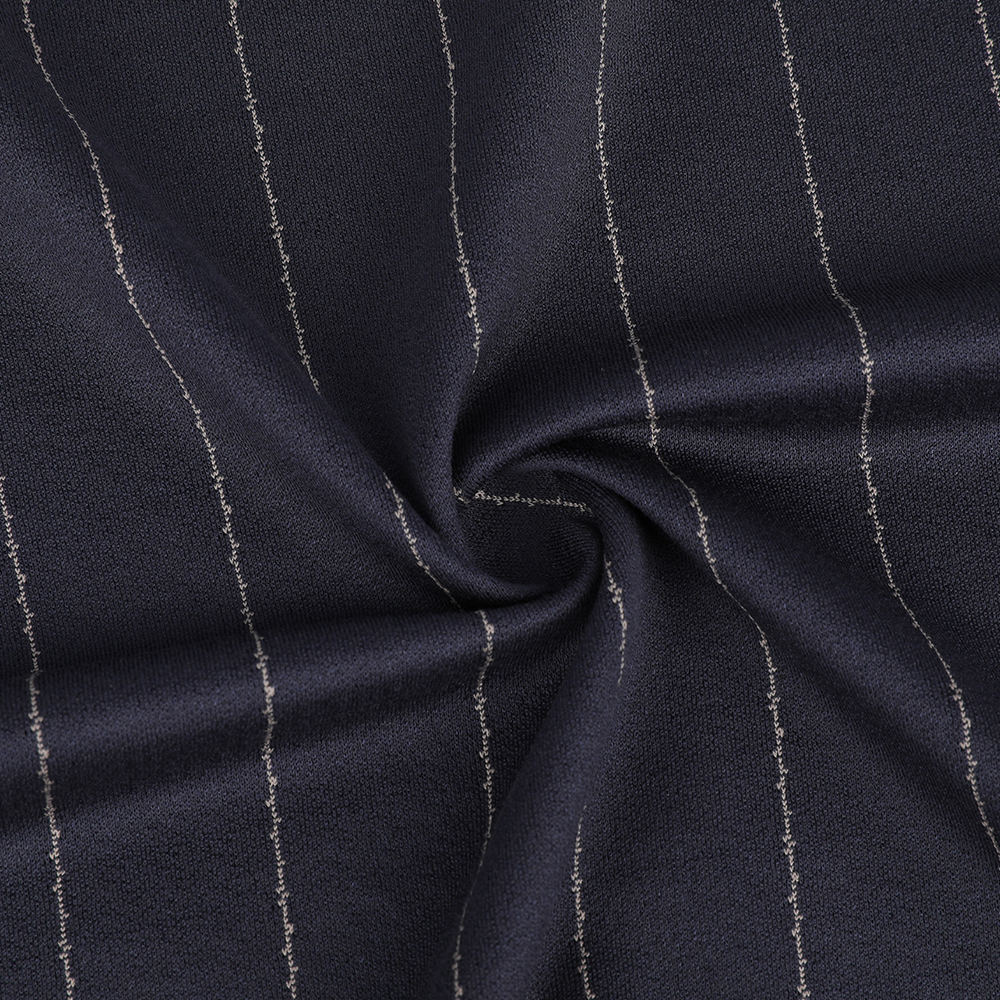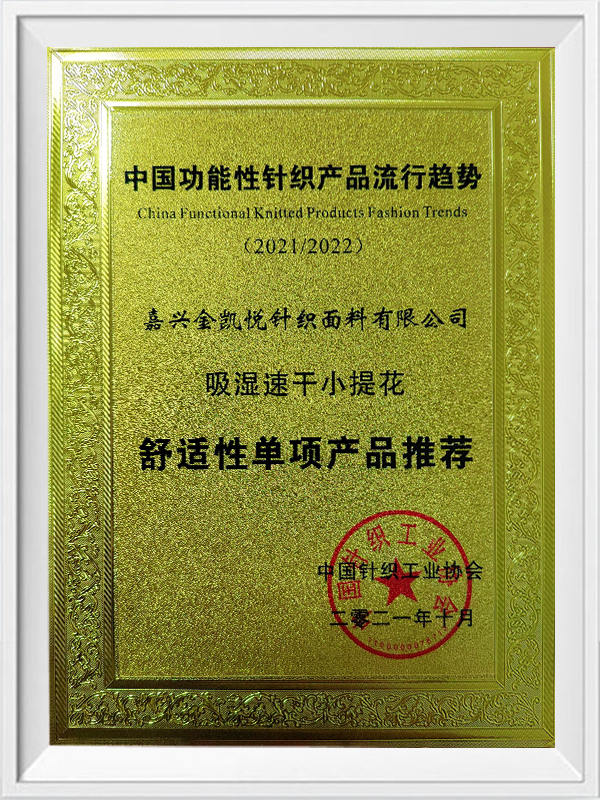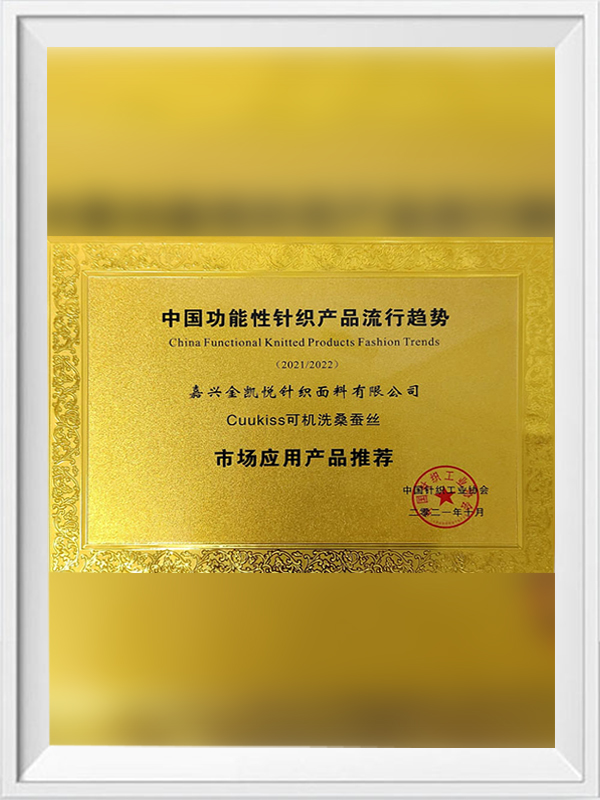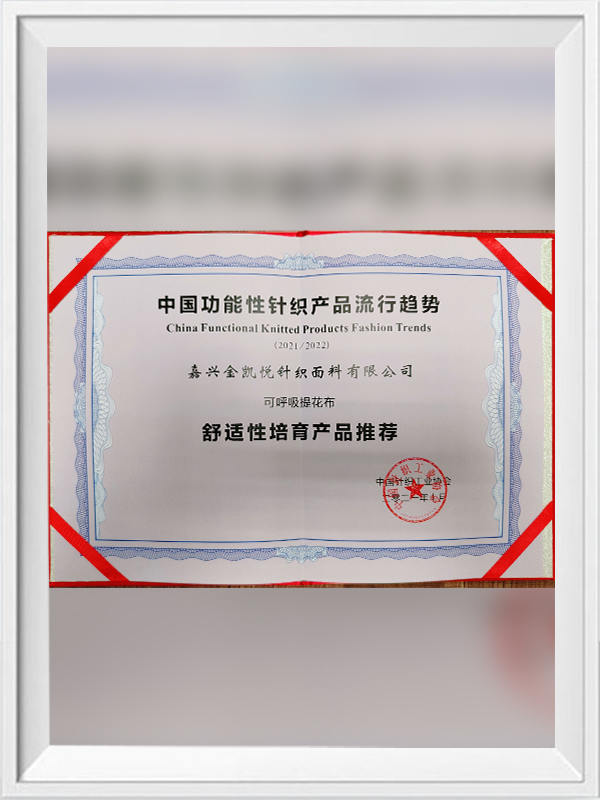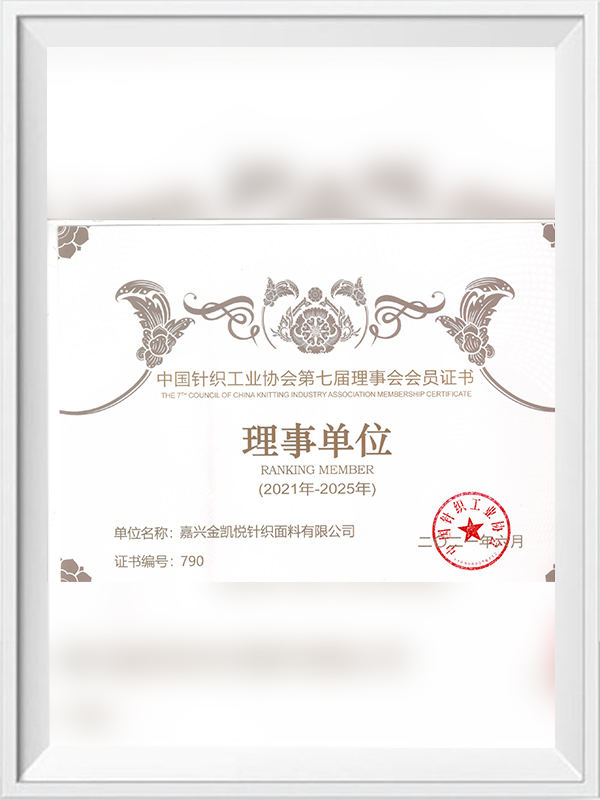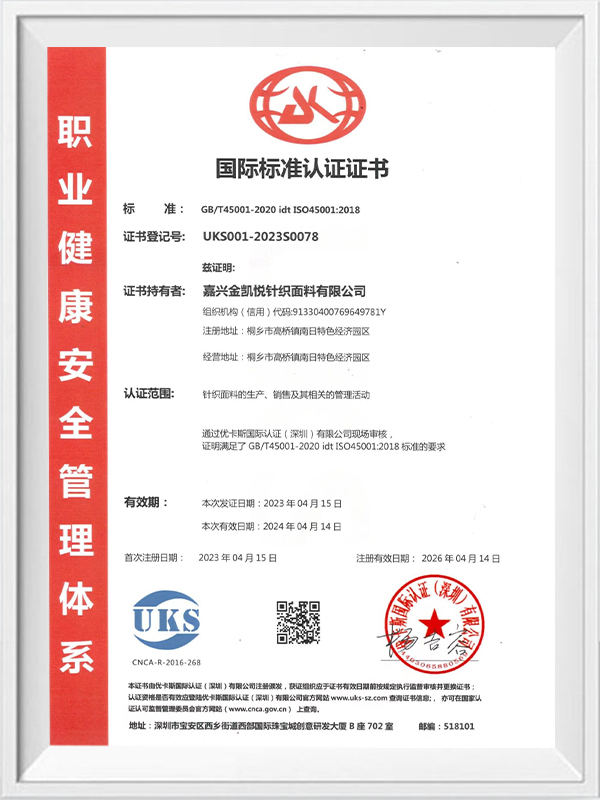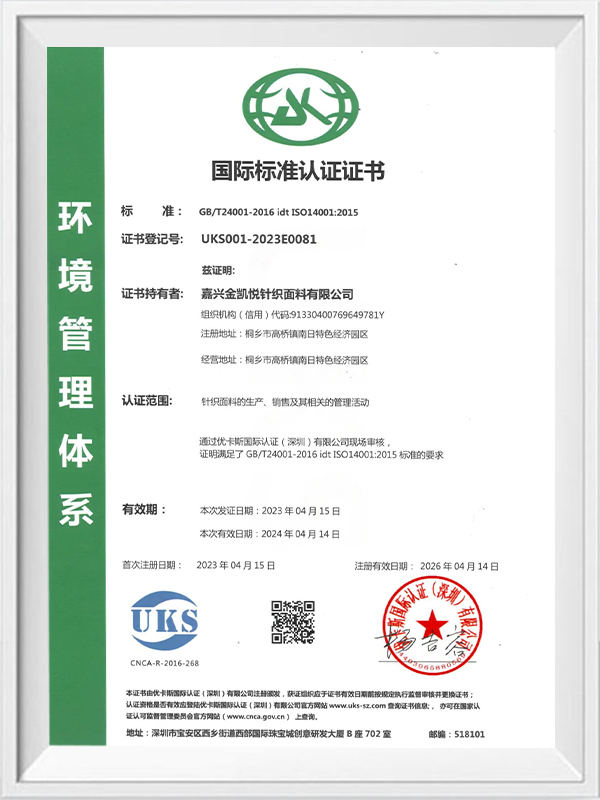Perché i tessuti per abbigliamento da donna di fascia alta diventano un elemento fondamentale nel design dell'abbigliamento da donna di fascia alta Nel design di abbigliamento femminile di ...
Per saperne di piùcostume Tessuto per camicia in cotone di seta
Il tessuto a camicia di cotone di seta è un materiale miscelato che combina le caratteristiche di seta e cotone. È realizzato in seta di gelso naturale e fibre di cotone di alta qualità. Non solo mantiene il tocco liscio, la buona traspirabilità e l'assorbimento di umidità e la funzione di sudore della seta, ma ha anche la durata e la resistenza alle rughe del tessuto di cotone. Questo tessuto è morbido al tatto, comodo da indossare e adatto per indossare in varie condizioni climatiche.
Le camicie di cotone di seta di solito hanno trame delicate e colori morbidi. Il suo colore è caldo e la sua lucentezza è naturale, il che può mostrare una bellezza ridotta e trattenuta. La sua buona traspirabilità e la conduzione dell'umidità possono regolare efficacemente la temperatura corporea e mantenere la pelle asciutta in modo da poter rimanere rilassato anche se la indossi per molto tempo. Il tessuto di cotone di seta è stato appositamente elaborato e ha una buona resistenza alle rughe e resistenza all'usura. È facile prendersi cura e non è facile da deformarsi anche se è lavata in lavatrice, garantendo la durata dei vestiti.
-
Comodo tessuto traspirante di cotone di seta lussuoso traspirante
-
Tessuto di camicia in cotone comodo Ponte
-
Tessuto di cotone di seta a corto di pelle morbido a doppio jacquard
-
Tessuto a strisce di cotone a strisce di seta morbida a corpasolina in maglia spandex
-
Tessuto di camicia in cotone comodo a strisce
-
Tessuto di cotone di seta comodo ecologico traspirante
-
Jacquard regolato comodo trasporto traspirante eco-friendly cotton la camicia
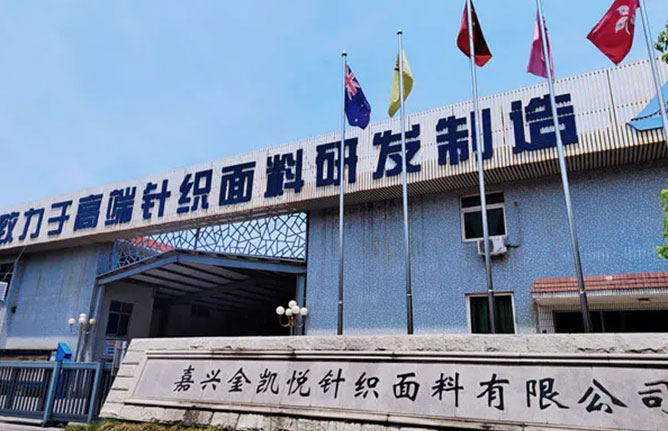
-
-
Nel vasto e intricato mondo di tessuti, una categoria si distingue per la sua ineguagliabile capacità di unire il comfort con la versatilità: tessuti a maglia. Questi materiali, formati attravers...
Per saperne di più -
Mentre le lunghe stagioni autunnali e invernali arrivano, la ricerca delle persone di abbigliamento si estende oltre il bisogno di base di calore. Invece, cercano un perfetto equilibrio tra funz...
Per saperne di più -
Nella ricerca odierna di una vita di alta qualità, le scelte di tessuti delle persone non si limitano più al calore o alla bellezza, ma sono aumentate a una considerazione completa di tocco, comfor...
Per saperne di più -
Nel vasto mondo dei tessuti, la lana è stata a lungo considerata un simbolo di lusso e comfort, apprezzato per il suo eccezionale calore e tocco morbido. Tuttavia, la sua natura delicata ha scoragg...
Per saperne di più
How to determine the optimal silk and cotton fiber blend ratio for silk-cotton shirt fabrics to achieve ideal softness, breathability and durability?
In the textile industry, the development and production of blended fabrics has always been a combination of technology and art. As the preferred material for high-end shirts, the balance of softness, breathability and durability of silk cotton shirt fabrics is a common focus of consumers and manufacturers. Jiaxing Jinkaiyue Knitted Fabric Co., Ltd., as a leader in the textile industry, is well aware of the importance of efficient management and integrated production processes, and also deeply understands the decisive influence of raw material selection and blending ratio on the performance of the final product.
Advantages and Challenges of Silk-Cotton Blending
Silk-cotton blended fabrics combine the dual advantages of silk and cotton fibers. Silk is known for its good gloss, softness, smoothness and good breathability, while cotton fibers are known for their strong moisture absorption, good wear resistance and good warmth retention. The combination of the two can theoretically create an ideal fabric that is both soft and breathable, and has a certain degree of durability. However, how to find the best blending ratio to maximize these properties is a major challenge in the production process.
Considerations for determining the optimal blending ratio
Softness: Silk is significantly softer than cotton, so increasing the proportion of silk can improve the softness of the fabric. However, too high a silk ratio may increase the fabric cost and may affect durability.
Breathability: Both silk and cotton fibers have good breathability, but silk is more breathable. However, breathability is also affected by the fabric structure and post-processing process.
Durability: Cotton fibers have high abrasion resistance and strength, so increasing the proportion of cotton fibers can improve the durability of the fabric. However, too much cotton fiber may reduce the softness and glossiness of the fabric.
Experimentation and optimization
In order to find the best silk-cotton blending ratio, manufacturers usually conduct a lot of experiments. The following is a possible experimental procedure:
Set the blending ratio range: Based on preliminary market research and production cost considerations, set a reasonable blending ratio range, such as 20% silk to 80% silk.
Make samples: Make fabric samples according to different blending ratios.
Performance testing: Test the samples for softness, breathability, and durability. The test methods include but are not limited to hand feel evaluation, air permeability tester and abrasion resistance test.
Data analysis: According to the test results, analyze the impact of different blending ratios on fabric performance.
Optimization and selection: According to the analysis results, select the best blending ratio. This is usually a balance point, that is, finding the best balance between softness, air permeability and durability.
Actual cases and recommended ratios
In actual production, the optimal ratio of silk-cotton blends often varies depending on product positioning, market demand and production costs. But in general, for shirt fabrics that pursue high-end texture and comfort, it is recommended to use a higher silk ratio, such as a blending ratio of 50% silk and 50% cotton fiber, or a higher blending ratio of 70% silk and 30% cotton fiber. Such a ratio can provide sufficient air permeability and a certain degree of durability while ensuring the softness and glossiness of the fabric.
In the development and production of silk-cotton shirt fabrics, Jiaxing Jinkaiyue Knitted Fabric Co., Ltd. has fully utilized its advantages in efficient management of raw materials and finished product storage and integration of production processes. The company strictly screens raw materials to ensure the high quality of silk and cotton fibers. At the same time, by optimizing the production process, improving production efficiency and reducing costs, it provides consumers with more cost-effective silk-cotton shirt fabrics.
Determining the optimal silk-cotton fiber blending ratio for silk-cotton shirt fabrics is a complex and meticulous process that requires comprehensive consideration of multiple factors such as softness, breathability and durability. Through scientific experiments and optimization steps, the best balance can be found to provide consumers with high-quality, cost-effective silk-cotton shirt fabrics.
Le nostre capacità produttive sono accompagnate da solide capacità di ricerca e sviluppo, che ci consentono di realizzare un gran numero di progetti con una qualità migliore e tempi più brevi.
Capacità di produzione
Forti capacità produttive migliorano la tua competitività
-

Per garantire una qualità migliore, Jin Hyatt ha investito in macchinari all'avanguardia provenienti da Italia, Germania, Svizzera, Giappone e Taiwan.
-

L'azienda si occupa principalmente di una varietà di materiali, tra cui seta di gelso, cotone con ammoniaca liquida, lana, cashmere, tessuti per sport all'aria aperta e varie miscele di fibre.
-

L'azienda gestisce in modo efficiente lo stoccaggio delle materie prime e dei prodotti finiti, integra l'intero processo produttivo e migliora l'efficienza complessiva.
-

L'azienda si rivolge al mercato di fascia alta con tessuti a maglia di alta qualità e dedica il 20% della sua forza lavoro alla ricerca e allo sviluppo per aumentare il valore e la competitività dei prodotti.

 中文简体
中文简体
